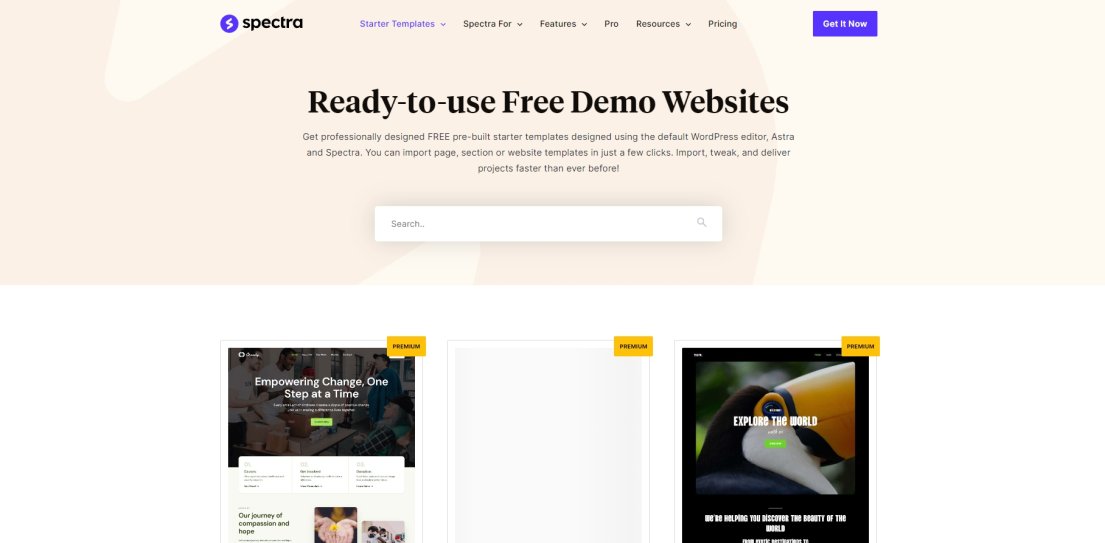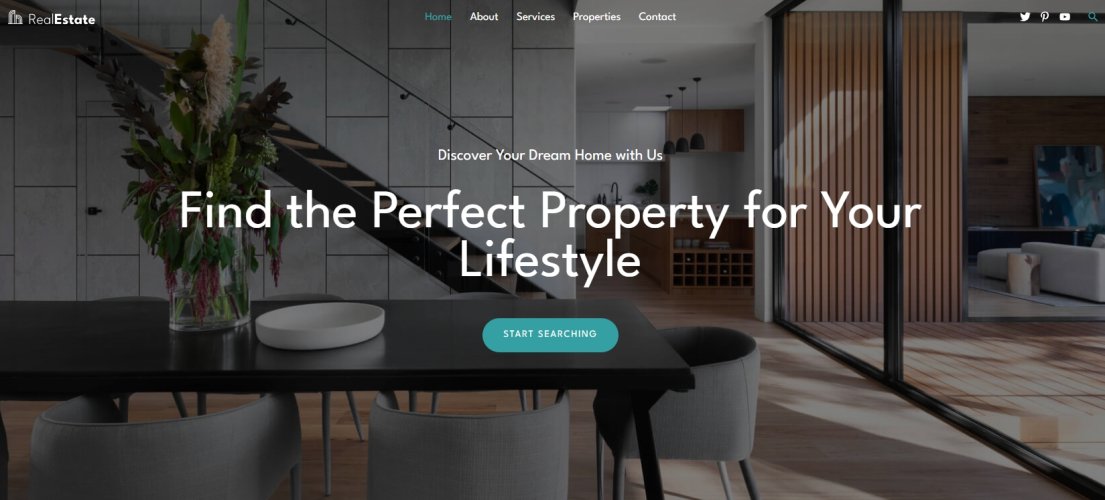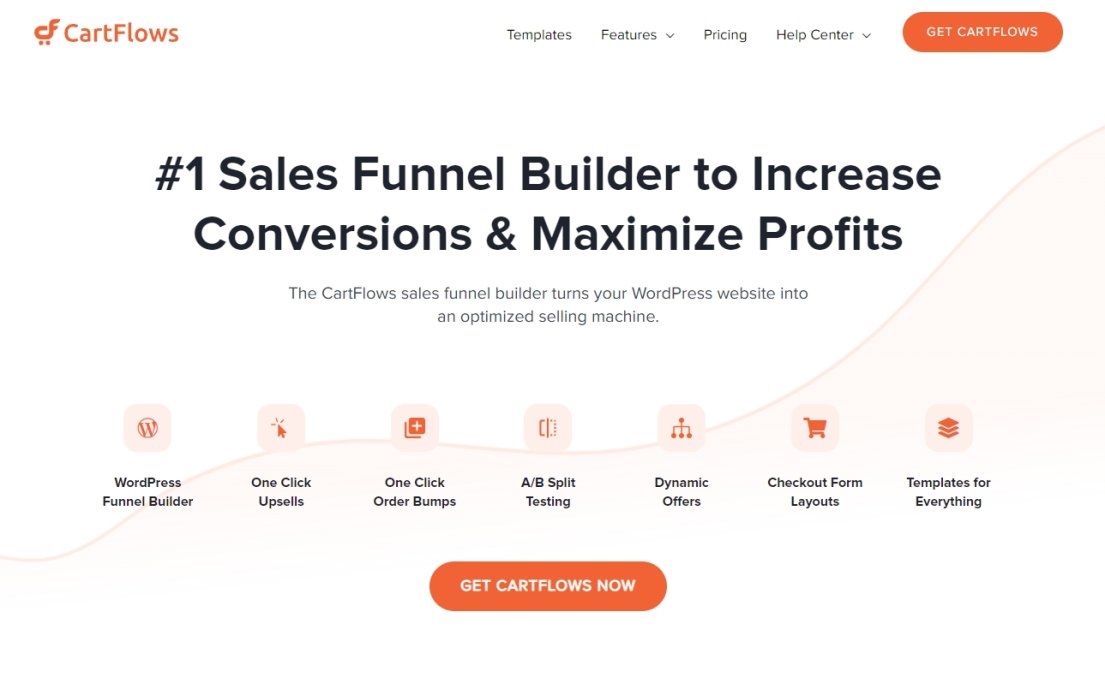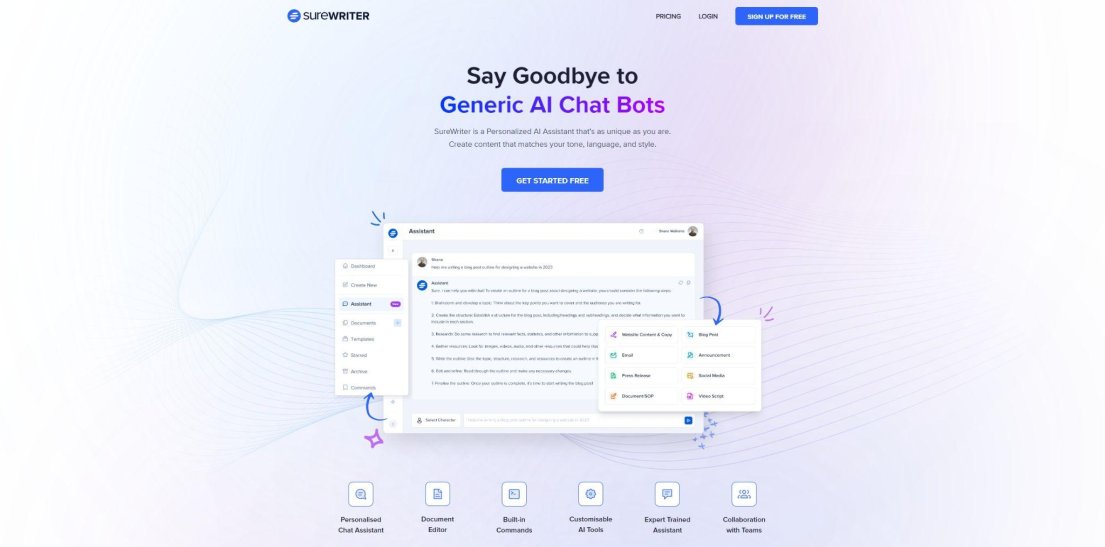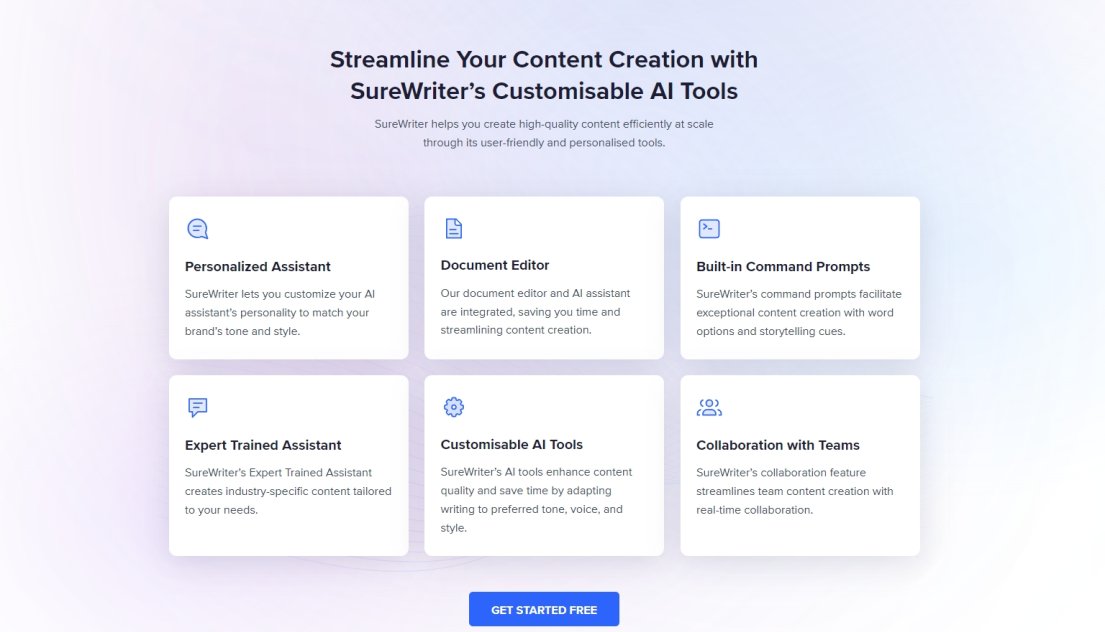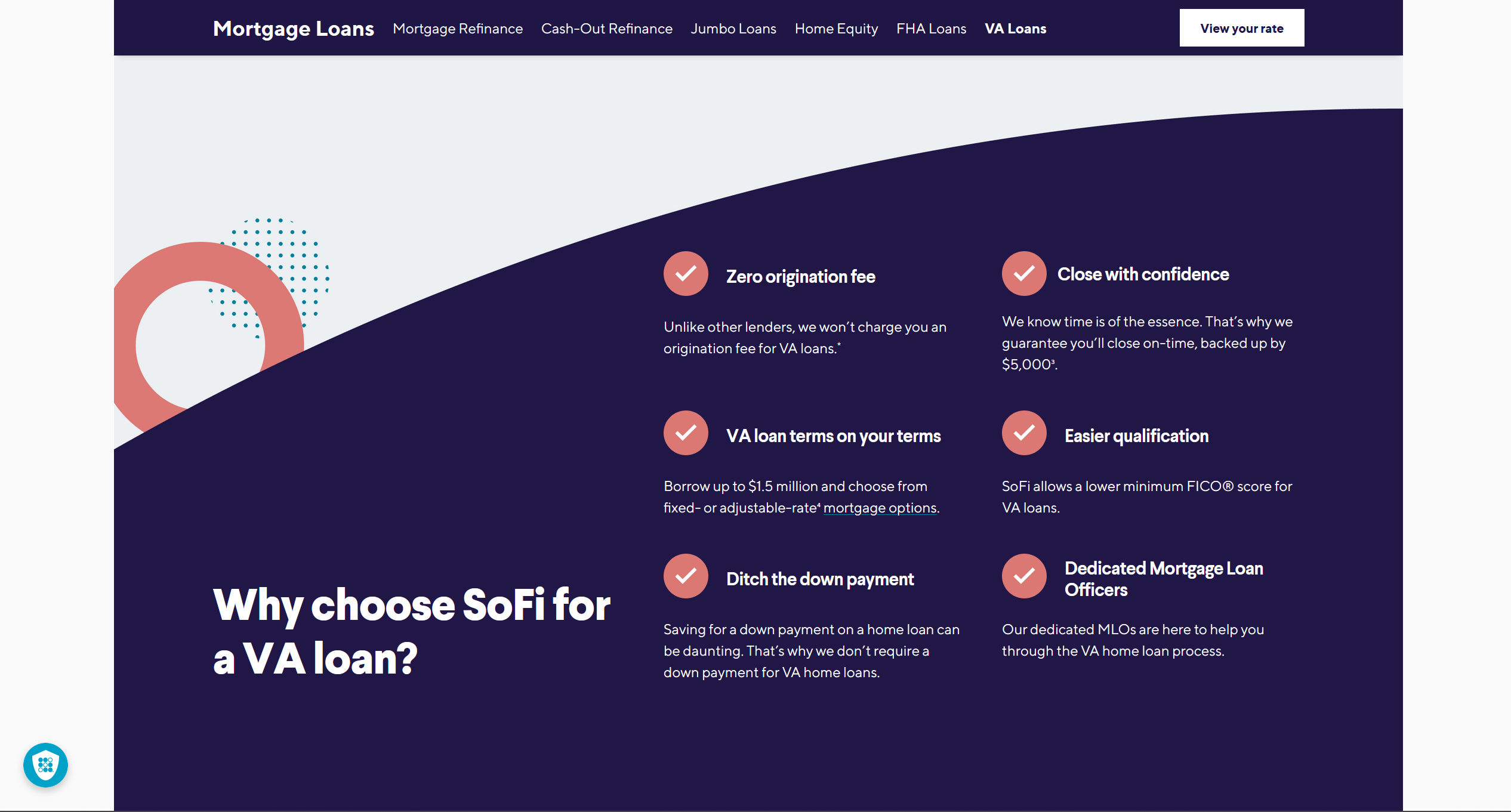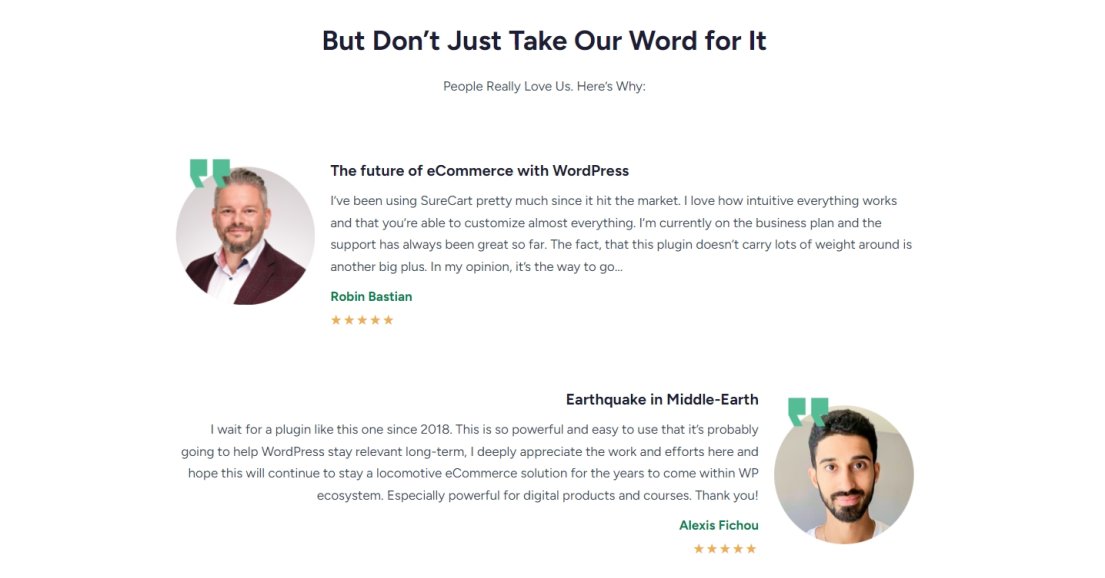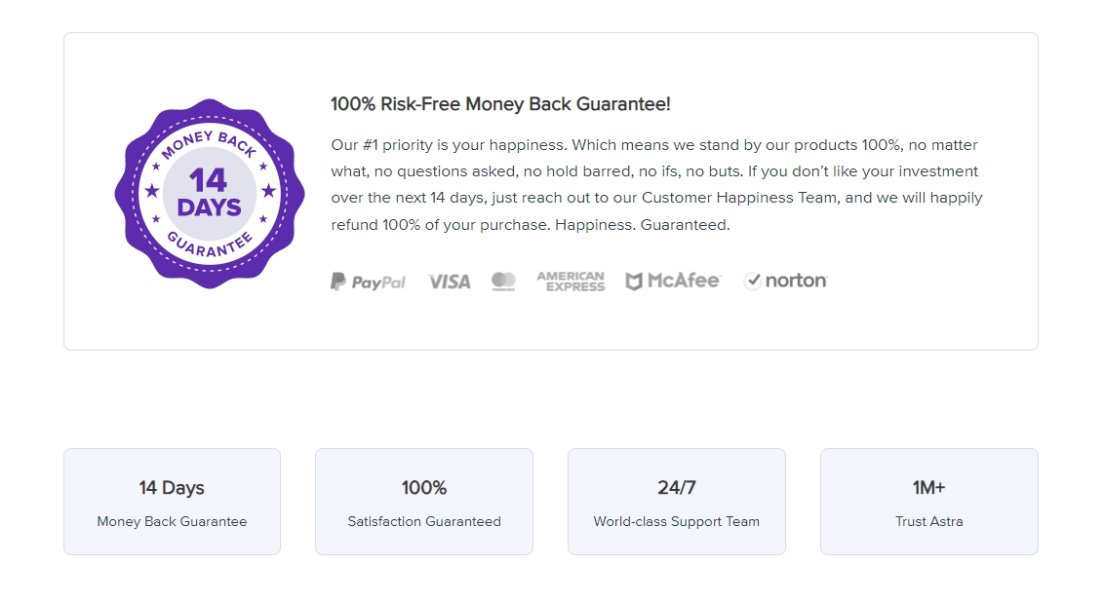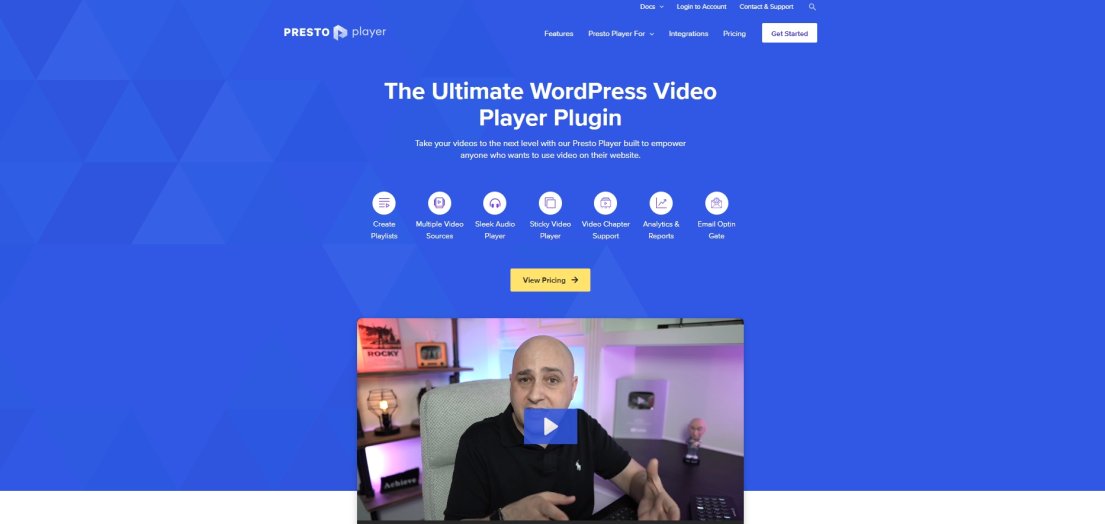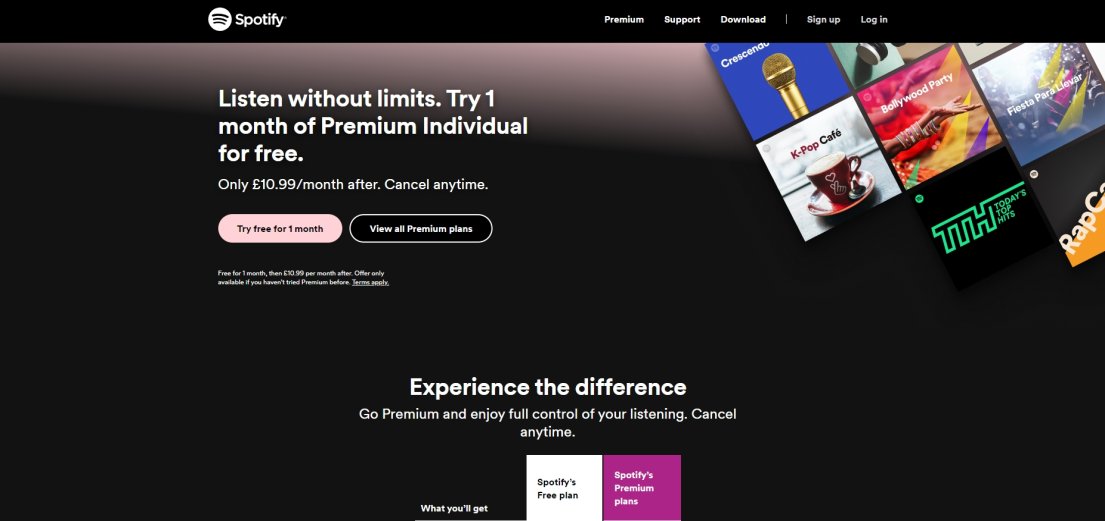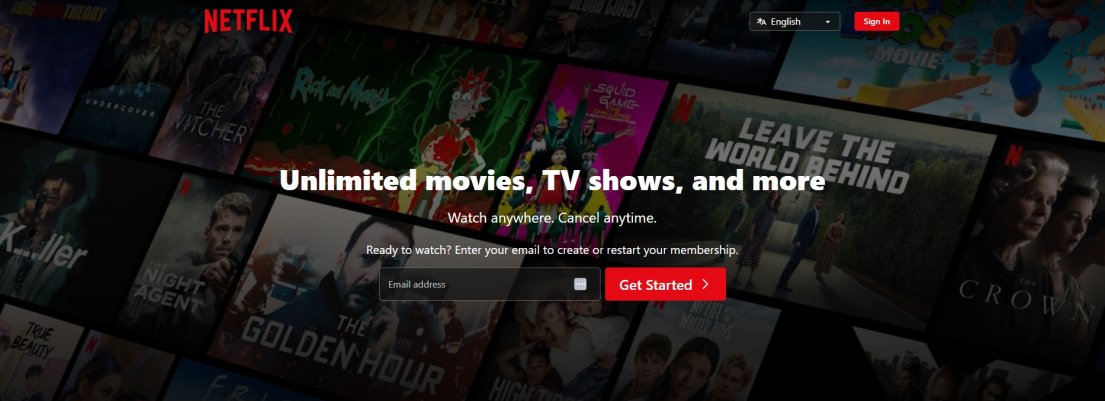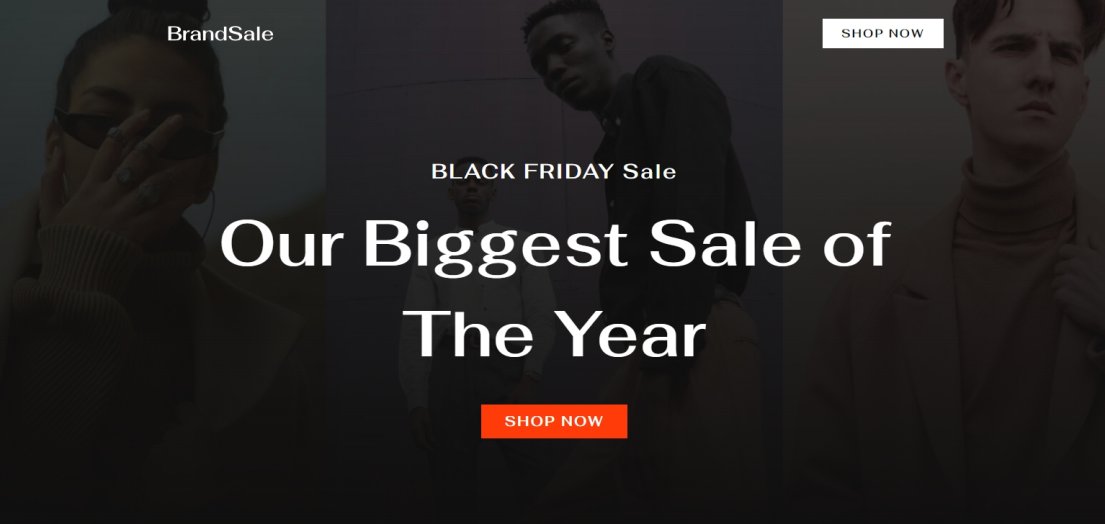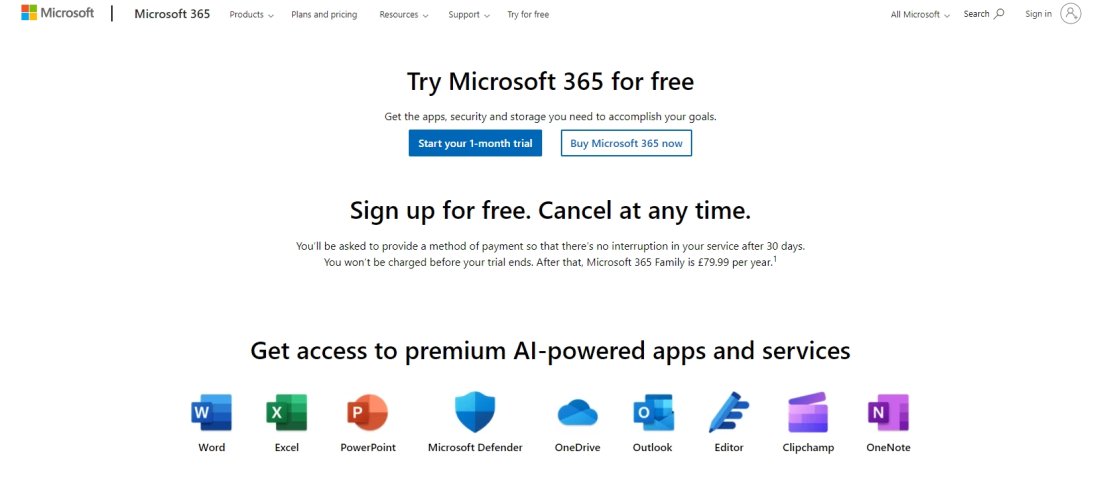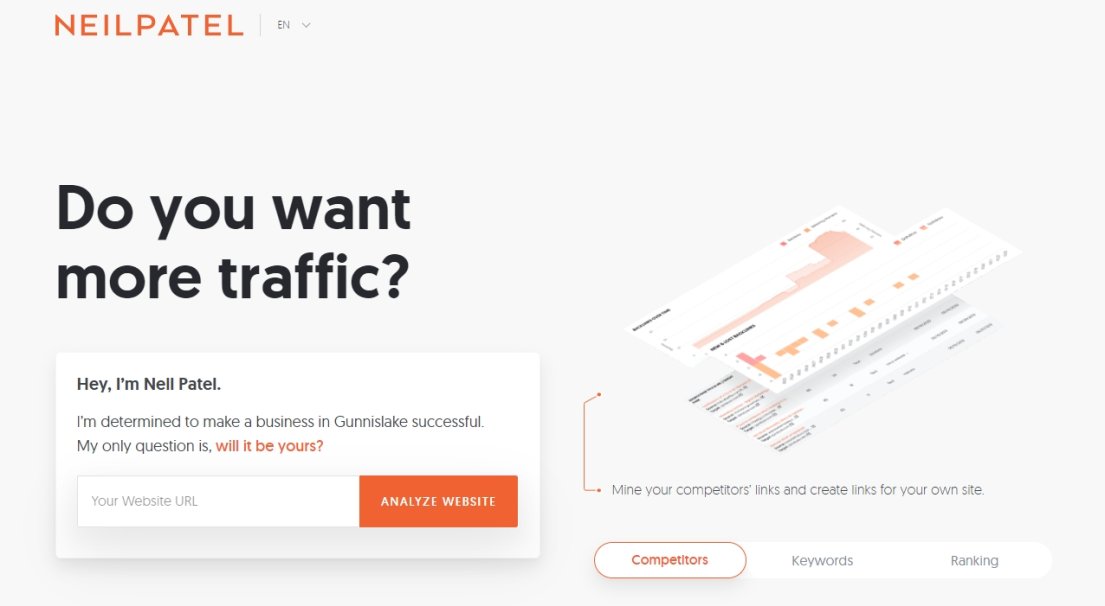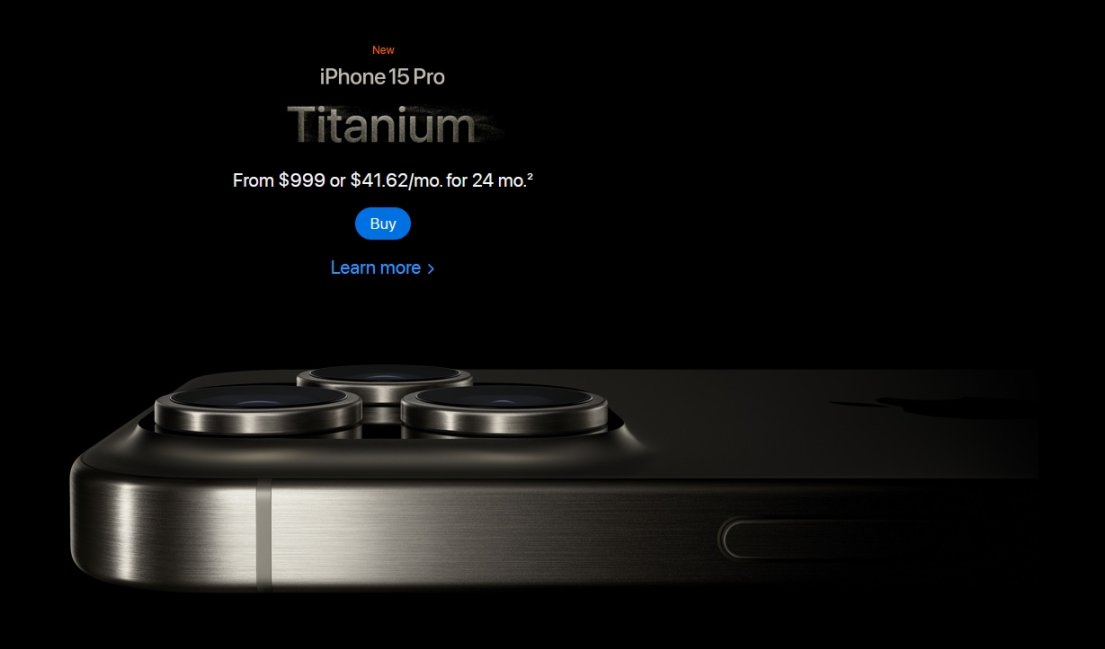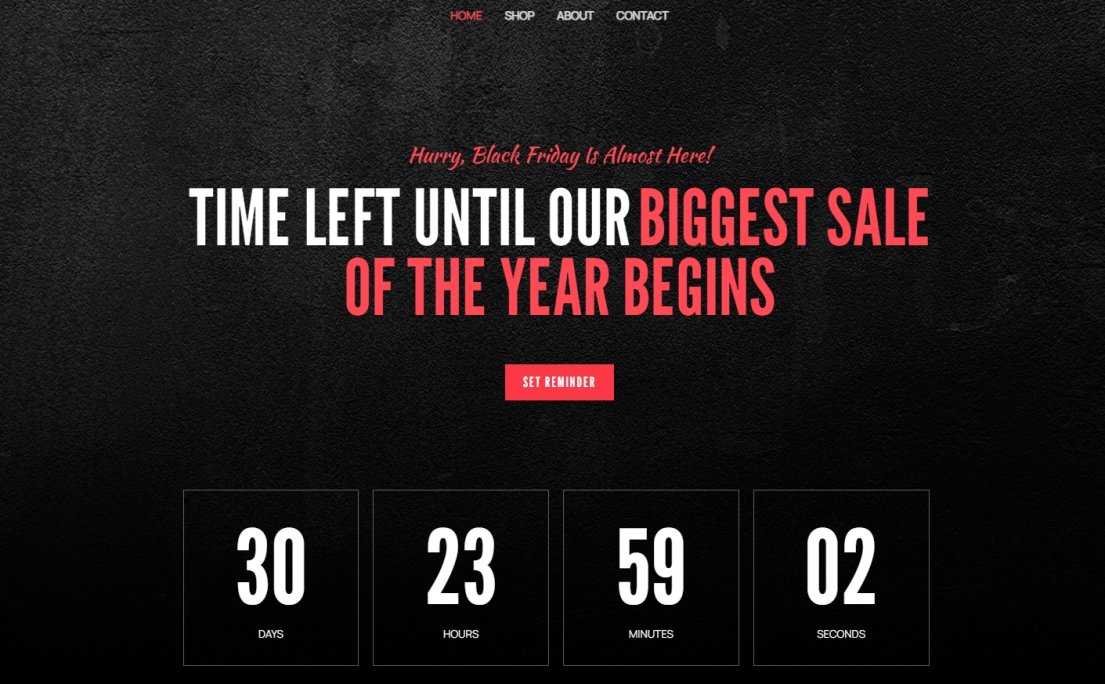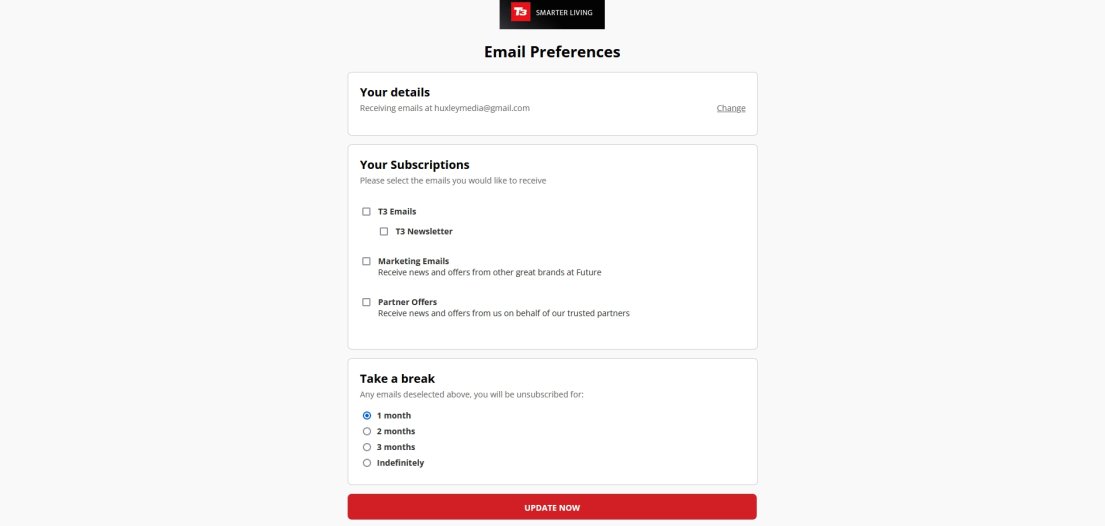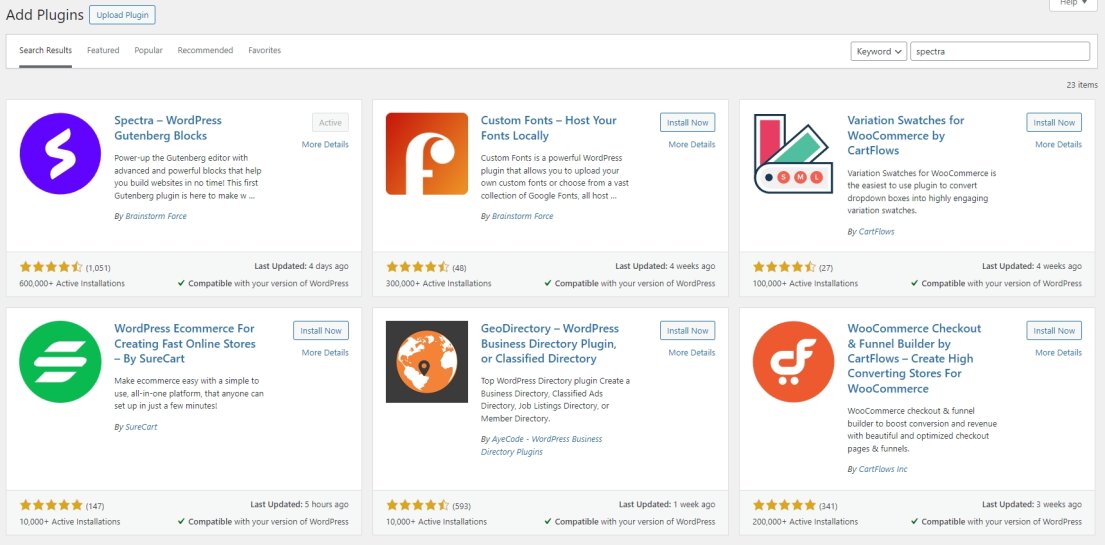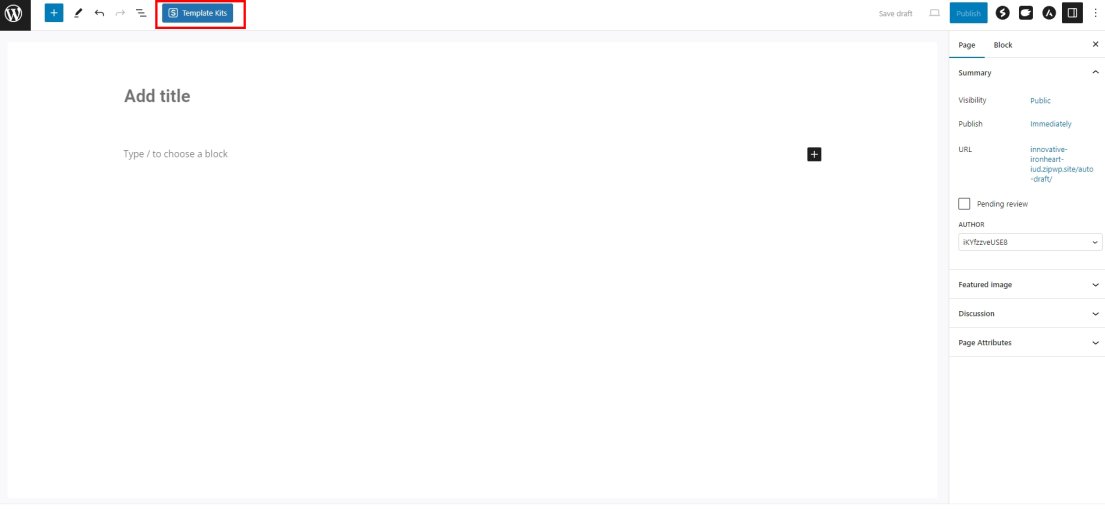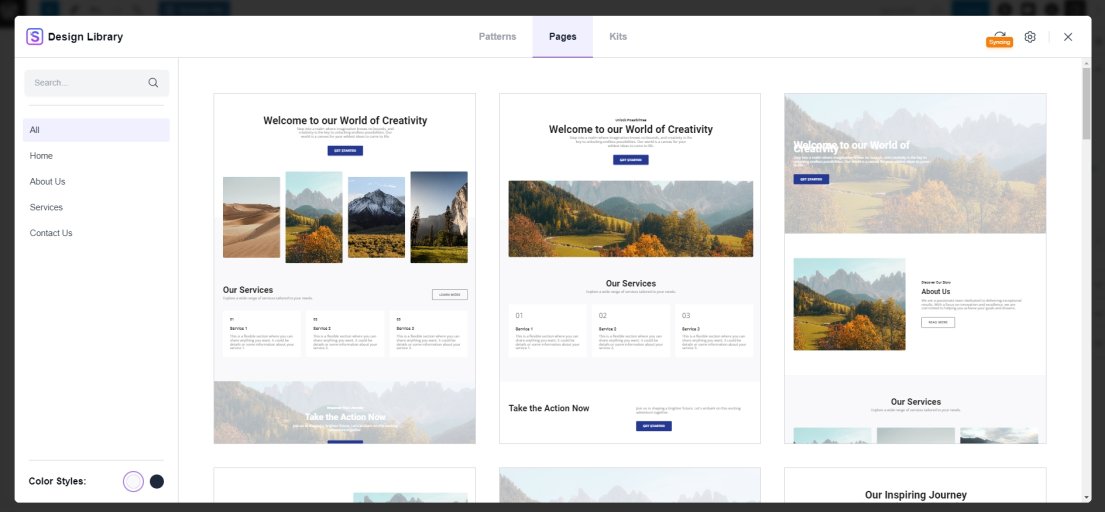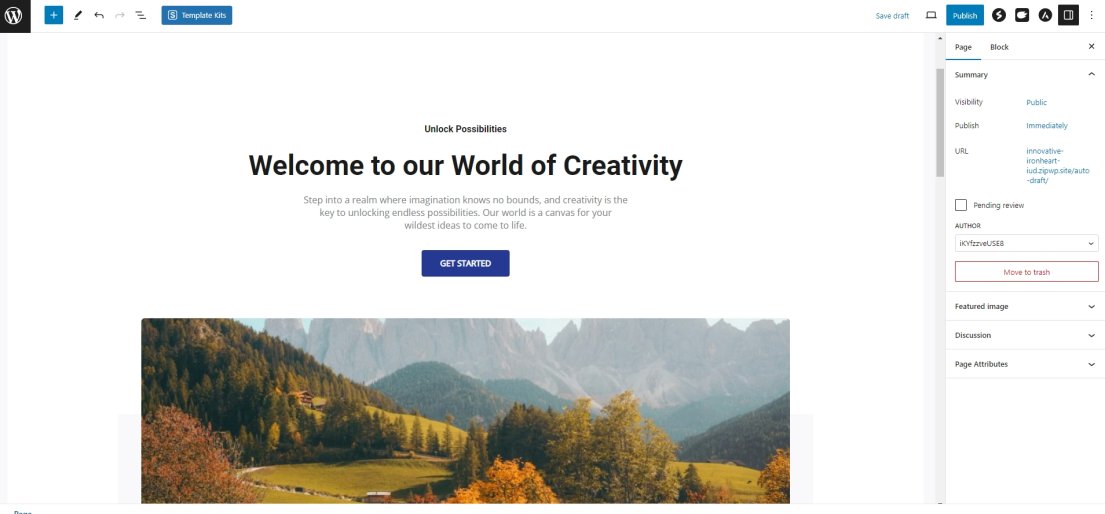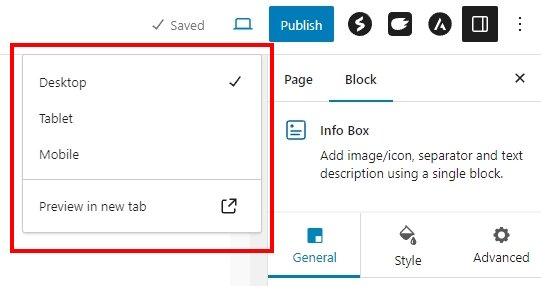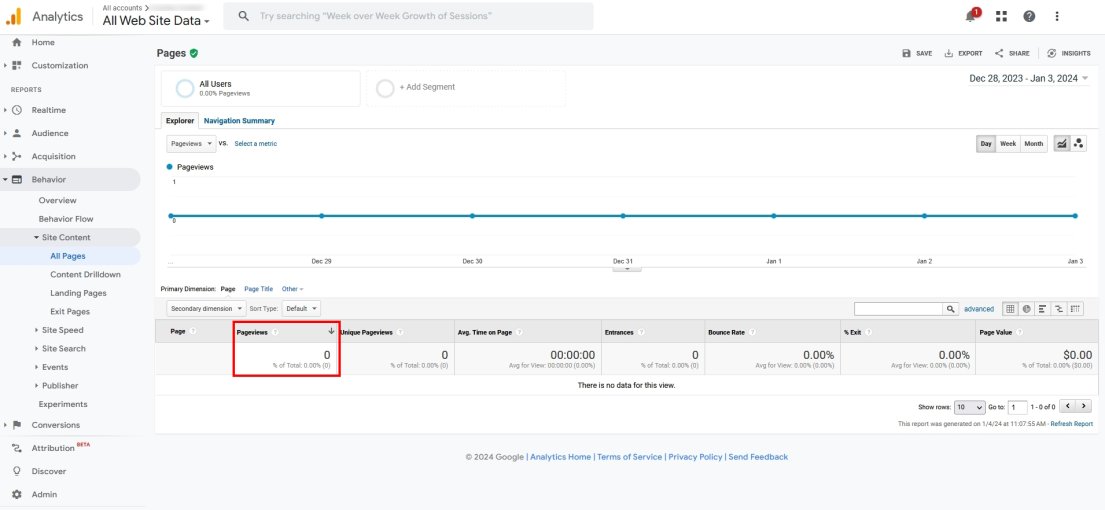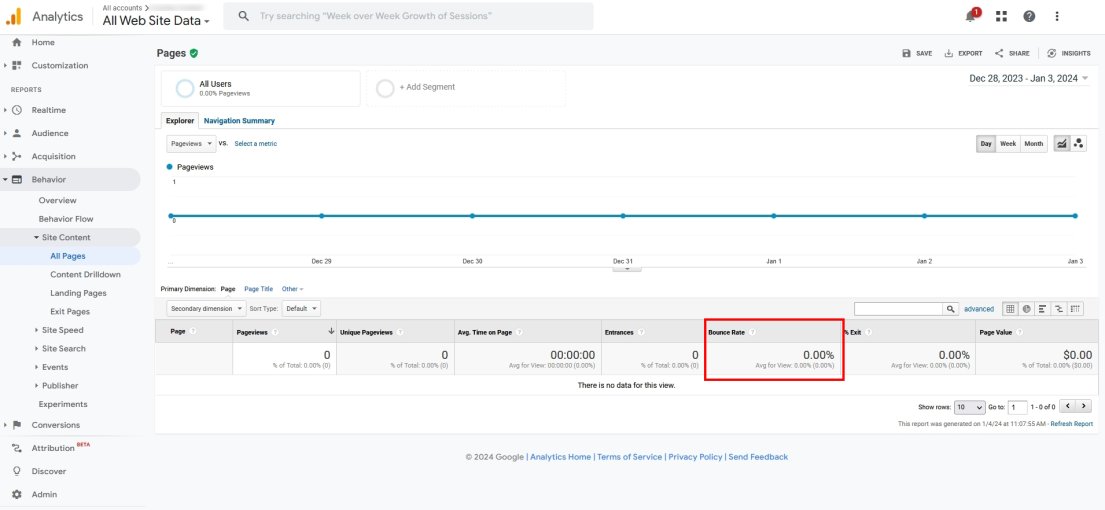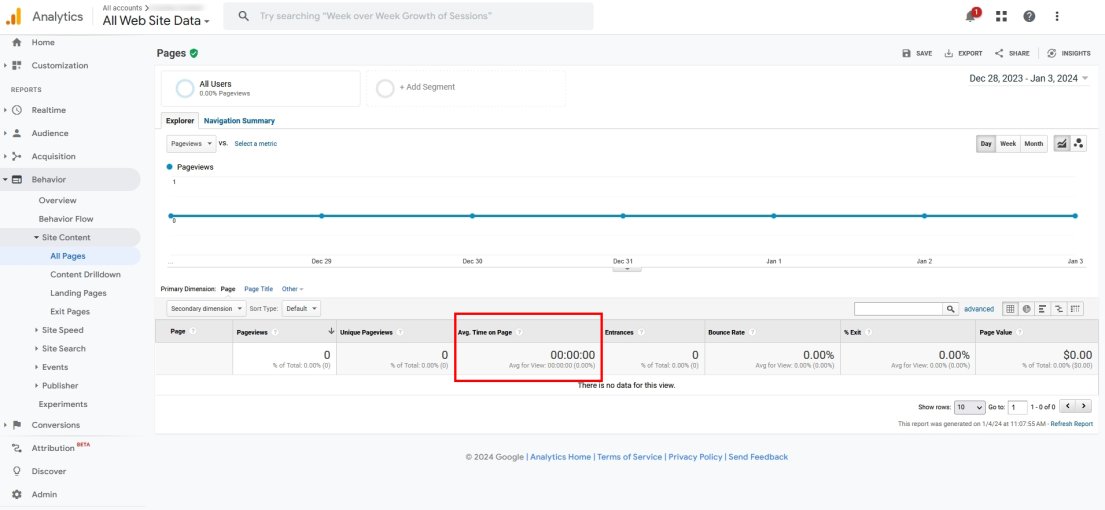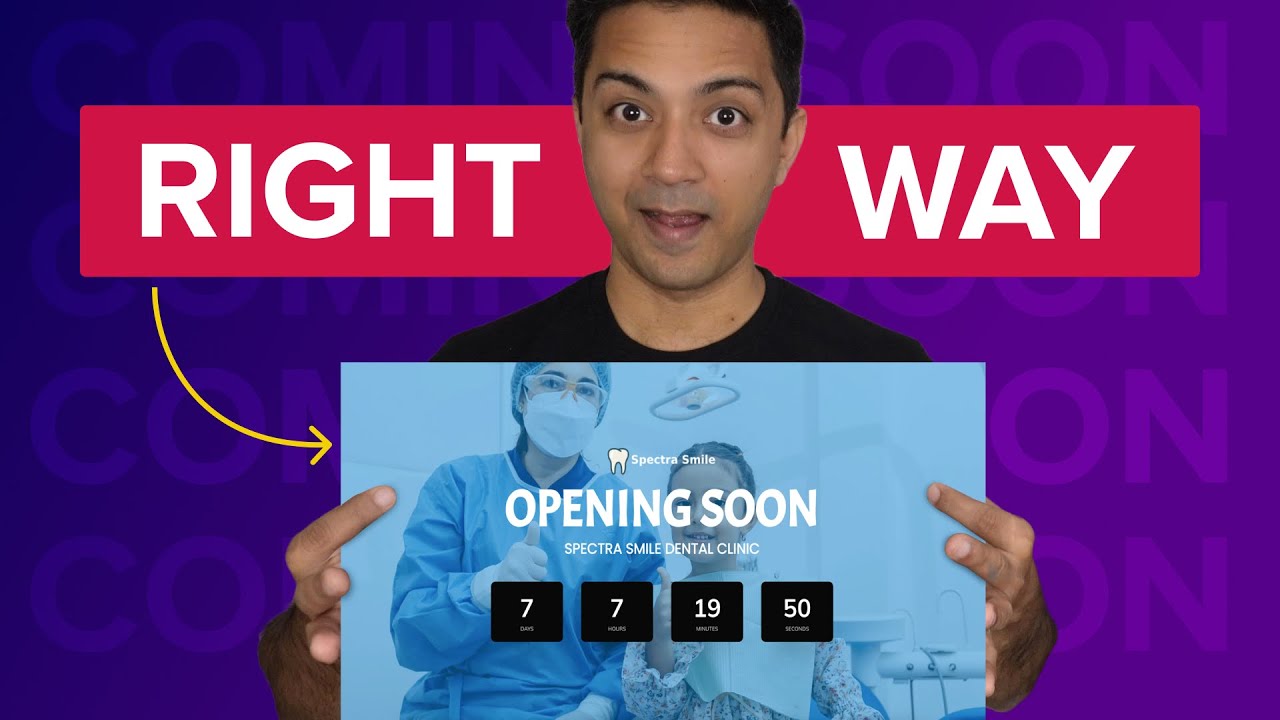Multilingual SEO Tips: Go Global Using an AI Plugin
Multilingual SEO is an essential strategy for those who want to reach a global audience and make it easier to find your website on search engines.
With over 7,000 languages spoken worldwide and only 25.9% of internet users speaking English, it’s crucial to provide other languages on your website.
Research also shows that:
- 72.1% of consumers spend most of their time on websites that use their native language.
- 72.4% are more likely to buy products with information in their language.
While it’s important to translate your website into different languages, It’s equally important to optimize your website’s multilingual SEO to match.
It’s that latter point we’ll discuss today.
What Is Multilingual SEO and When Should You Use It?
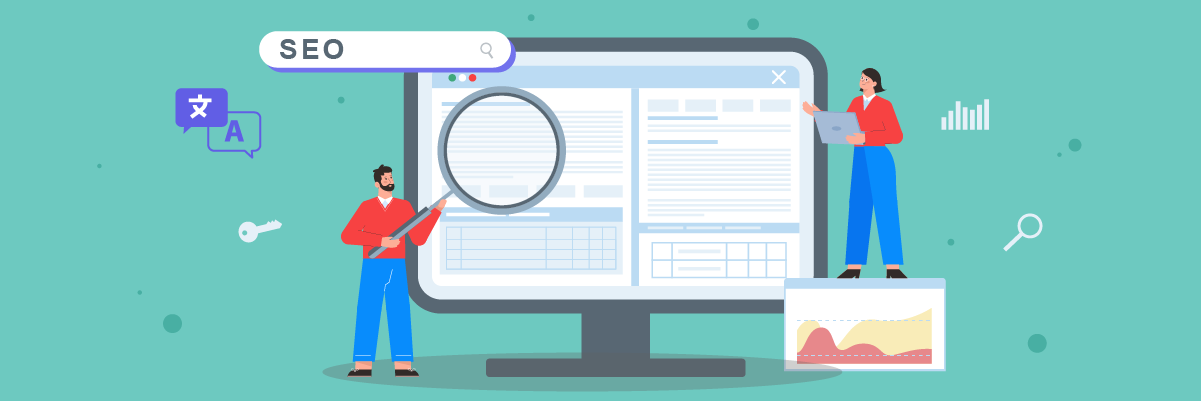
Multilingual SEO is a strategy for optimizing website content for multiple languages.
The idea is to make it easier to be found in new markets and be accessible to users in different countries through organic search.
Multilingual SEO involves optimizing translated content for native speakers in countries other than yours.
While English is the most widely used language online, only about half of online users speak it.
This highlights the importance of multilingual SEO in reaching a broader audience.
Why Multilingual SEO Boosts Visibility
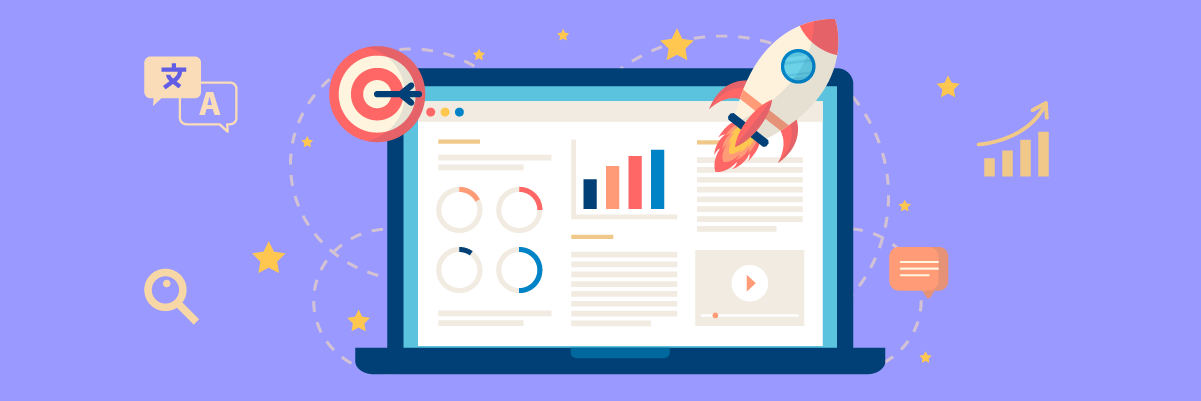
Multilingual SEO can boost your visibility in several ways:
- Expand market reach: By optimizing content for multiple languages, you can reach a broader audience in different countries. For example, the Spanish fashion brand, Zara optimizes its website for over 20 languages. As a result, it has significantly increased its online sales, with substantial contributions from international markets.
- Improve rankings in local search: Content optimized for specific languages tends to rank higher in local search. For instance, Booking.com optimizes its content for various languages and locations. In Japan, they use local keywords such as ‘ホテル予約’ (hotel reservation) and have successfully achieved top rankings on Google Japan for accommodation-related searches.
- Enhance user experience: Visitors are more likely to engage with and trust a website in their language. For example, IKEA adapts its website content not only to local languages but also to cultural preferences. In Saudi Arabia, they change the text direction from left to right to right to left, in line with the Arabic reading pattern.
By implementing SEO optimized translation to your website, you can effectively increase your global reach, improve search engine rankings, and enhance the user experience.
Prepare a Multilingual SEO Strategy
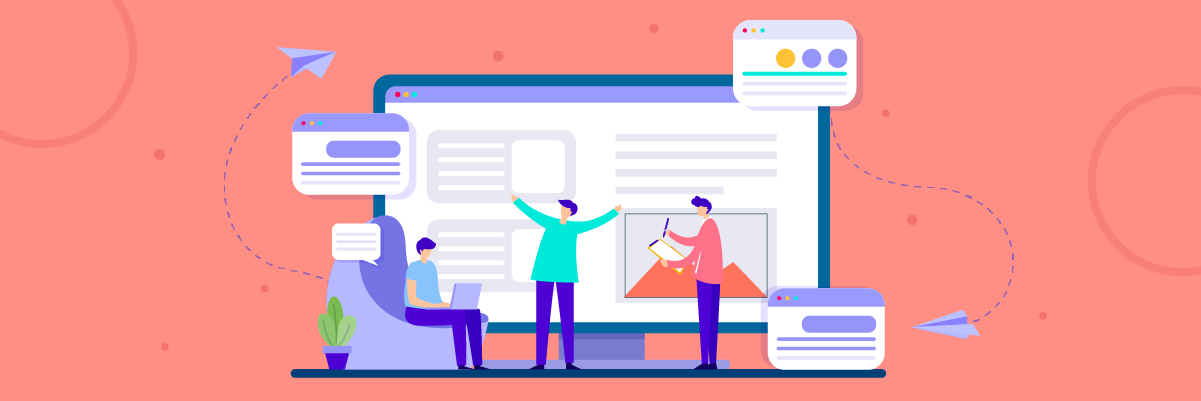
Preparing an effective multilingual SEO strategy involves several key steps.
Ideally, you would plan your multilingual strategy when you’re building your WordPress website. You can do it later if you need to though.
Understand the Target Audience
Understanding your target audience is a first and most crucial step in a multilingual SEO strategy.
This involves analyzing each target market’s search habits, language preferences, and cultural nuances.
It’s important to realize that what works in one country may not be effective in another.
For example, suppose you have an online store selling kitchen appliances and want to enter the Japanese market.
In that case, you should understand that Japanese people might search for “炊飯器” (rice cooker) more frequently than other kitchen appliances.
You also need to consider that cooking rice is an important part of Japan’s culture, so your content might need to focus on this aspect.
Local Keyword Research
Local keyword research ensures your content is relevant and easily found by your target audience.
This is not just about translating keywords from your original language but finding the keywords that local searchers actually use.
For example, if you have a beauty blog and want to enter the French market, instead of just translating
“skincare routine” to “routine de soin de la peau,”
French people more commonly use:
“rituel beauté.”
Using this phrase in your content and metadata can increase your chances of being found by the French audience.
Social Media Strategy
Social media is an important component of SEO.
This involves tailoring content to the platforms popular in each country and understanding how the local audience interacts on social media.
For instance, if you have a fashion eCommerce business and want to enter the Chinese market, platforms like Weibo and WeChat are more popular than Facebook or Instagram.
You might need to collaborate with local influencers or create content that aligns with Chinese culture to increase brand visibility.
Optimize for Local Search Engines
Optimizing for local search engines involves more than just Google.
Local search engines hold a significant market share in some countries and may have different algorithms.
For example, if your business wants to enter the Russian market, you might consider optimizing for Yandex.
Doing so can help improve your visibility in the Russian market, where many users prefer Yandex over other search engines.
10 Tips to Improve Multilingual SEO
After understanding what initial strategies you need to implement, improving your multilingual SEO is time well spent.
Let’s discuss ten multilingual SEO tips you can apply.
1. Translated URLs
Translating URLs (slugs) into all target languages is an important step in optimizing multilingual SEO.
This helps search engines and users better understand the page content and increases relevance in search engine results.
This is usually done automatically by some website translation services or multilingual plugins.
For example, if you have an online shoe store with an “About Us” page at the URL “www.yourshsoes.com/about-us,” the Spanish version could be “www.yourshoes.com/es/sobre-nosotros.”
This helps Spanish-speaking visitors understand the page content from its URL.
It also increases the chances of the page appearing in Google search results in Spain for related keywords.
2. Dedicated URL
The second tip is to use a dedicated URL structure for each language.
There are several URL structure options to choose from, each with its advantages and disadvantages:
- Separate domain (www.yourshoes.es)
- Subdomain (es.yourshoes.com)
- Subfolder (www.yourshoes.com/es/)
The subfolder structure is the most commonly used option in multilingual websites.
For example, if you have an online shoe store, the URL for running shoes in the Spanish version could be “www.yourshoes.com/es/zapatillas-de-correr/nike-air-zoom”.
This structure helps content management and SEO while providing clear signals to Google about each page’s language and country targeting.
3. Apply Hreflang Tags
Implementing hreflang tags can inform search engines about the relationship between pages in different languages or regional variations.
This helps display the correct version based on language or location.
You can apply hreflang tags in the HTML header.
Let’s continue using the online shoe store example:
<link rel="alternate" hreflang="en" href="https://www.yourhses.com/running-shoes/nike-air-zoom" />
<link rel="alternate" hreflang="es" href="https://www.yourshoes.com/es/zapatillas-de-correr/nike-air-zoom" />
<link rel="alternate" hreflang="de" href="https://www.shoesstore.com/de/laufschuhe/nike-air-zoom" />This tag helps ensure that users from Spain will be directed to the Spanish language version of that product page.
4. Use Keyword in the URL
Including target keywords in the URL can help search engines and users quickly understand the page’s content.
It also improves its rankings in search results for those keywords.
For example, for the running shoes category page, instead of using a generic URL like:
“www.yourshoes.com/es/category-1”
You could use a URL that contains keywords:
“www.yourshoes.com/es/mejores-zapatillas-de-correr”
Using these keywords makes the URL more descriptive and provides clear signals to search engines about page content.
5. Use Canonical URL
Canonical URLs are crucial in multilingual SEO to avoid duplicate content issues.
This is especially useful when content is similar across language versions or when a single page can be accessed through multiple different URLs.
For example, if you have a product page for Nike Air Zoom running shoes that can be accessed through multiple URLs, you can specify its canonical URL as follows.
<link rel="canonical" href="https://www.yourshoes.com/es/zapatillas-de-correr/nike-air-zoom" />This URL will inform search engines that this is the “official” version of the page, helping to consolidate SEO signals and avoid duplicate content issues.
6. Submit a Multilingual Sitemap
Creating a multilingual sitemap can help search engines understand the structure and hierarchy of your multilingual site.
It should include all language versions of each page with appropriate hreflang tags.
Using our shoe store example, a multilingual sitemap could look like this:
<?xml version="1.0" encoding="UTF-8"?>
<urlset xmlns="http://www.sitemaps.org/schemas/sitemap/0.9"
xmlns:xhtml="http://www.w3.org/1999/xhtml">
<url>
<loc>https://www.yourshoes.com/running-shoes/nike-air-zoom</loc>
<xhtml:link rel="alternate" hreflang="es" href="https://www.yourshoes.com/es/zapatillas-de-correr/nike-air-zoom"/>
<xhtml:link rel="alternate" hreflang="de" href="https://www.yourshoes.com/de/laufschuhe/nike-air-zoom"/>
</url>
</urlset>Often, automatic translation plugins generate a multilingual sitemap for you, including schema.
Submit it to the Search Console to help Google index and better understand your site’s multilingual structure.
7. Use AI Plugin Translation
Utilizing AI translation can greatly aid with effective multilingual SEO.
AI plugins such as the Linguise translation service plugin, swiftly and accurately translates content and assist with multilingual SEO.
The plugin helps with automatic translation of content and URLs, metadata translation and delivers superior quality translations.
8. Optimize Your Keywords
Keyword optimization in a multilingual context involves more than just direct translation.
It requires thorough keyword research for each target language, understanding local language nuances, and adapting your content strategy accordingly.
When optimizing the Nike Air Zoom running shoe product page for the Spanish market, don’t simply translate:
“best running shoes” to “mejores zapatillas de correr”.
Conduct research to find terms that are most commonly searched in Spain.
For example, it’s more common for the Spanish to say:
“zapatillas para correr” or “calzado deportivo para running”
Use SEO tools like Google Keyword Planner, SEMrush, or similar with location settings adjusted to your target country.
9. Translate Your Metadata
Translating and optimizing metadata (titles, meta descriptions, image alt text) for each target language is also key to multilingual SEO.
Well-optimized metadata can enhance CTR (Click-Through Rate) on search engine result pages and provide strong relevance signals to search engines.
For example, for the Nike Air Zoom product page on your English-language site, the metadata might look like this:
- Title: “Nike Air Zoom: Premium Running Shoes | ShoeStore”
- Meta description: “Discover Nike Air Zoom shoes, perfect for demanding runners—maximum comfort and performance. Free shipping. Buy now at ShoeStore!”
Don’t forget to include target keywords (“running shoes”) and value propositions, such as maximum comfort, free shipping and so on.
10. Adapt to Changes in Search Engine Algorithms
Search engine algorithms continue to evolve, and your multilingual SEO strategies should adapt accordingly.
This may involve adjustments in how you present content, site structure, or even the types of content you produce.
With the emergence of Google’s Search Generative Experience (SGE), a growing emphasis is on content that answers specific questions.
This could mean creating content that addresses common queries in your target languages.
Ensure your answers are comprehensive and informative, as SGE tends to display direct answer summaries in search results.
Multilingual SEO Websites with AI Translation!
Multilingual SEO is a crucial strategy for businesses aiming for success in the global digital market.
By implementing these tips, such as translating URLs and utilizing AI translation plugins like Linguise, you can enhance visibility across different language markets.
If you build a strong strategy by understanding your target audience, conduct thorough keyword research, and adapt to algorithm changes, you’ll be all set for success.
So, what are you waiting for? Let’s implement multilingual SEO on your website now!
